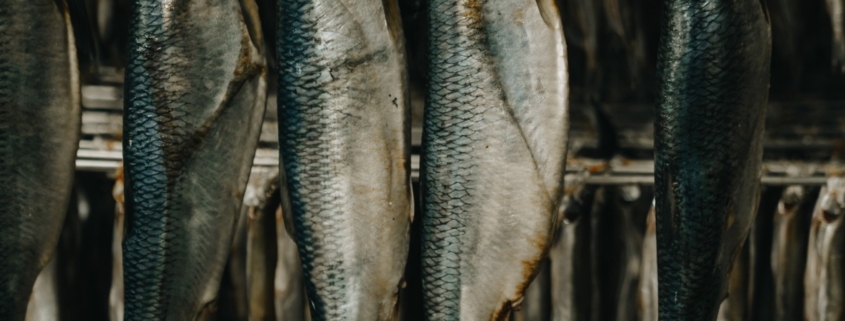Traditional fish preservation techniques: from smoking to salting
Fish preservation has been essential since ancient times, especially in coastal communities that relied on fishing for sustenance. Before the advent of modern refrigeration, traditional techniques were developed to extend the shelf life of fish, preserving both its flavor and nutritional value. Among the most well-known methods are smoking and salting, techniques that have evolved and remain valued to this day.
Smoking involves exposing fish to smoke from burning wood, which not only imparts a distinctive flavor but also helps to preserve it. The smoke contains antibacterial compounds that slow down the growth of microorganisms, and combined with drying, it aids in prolonging the fish’s shelf life. There are two types of smoking: hot smoking, which cooks the fish while smoking it, and cold smoking, which preserves it without cooking. This technique is very common in Nordic countries and has been used for centuries.
Salting, on the other hand, is a technique that consists of covering the fish with salt to dehydrate it, thus preventing the growth of bacteria and other microorganisms. Salt draws moisture out of the fish, creating an inhospitable environment for germs. This preservation method is popular worldwide, with variations in the amounts and methods of salt application, such as salt-dried cod in the North Atlantic or salted fish in Asia.
Both smoking and salting are appreciated for their ability to enhance flavor while maintaining the fish’s nutritional properties. Today, these traditional preservation techniques are still used, not only for their utility but also for the unique taste they bring to fish, thus becoming an integral part of the culinary heritage of different regions around the world.



